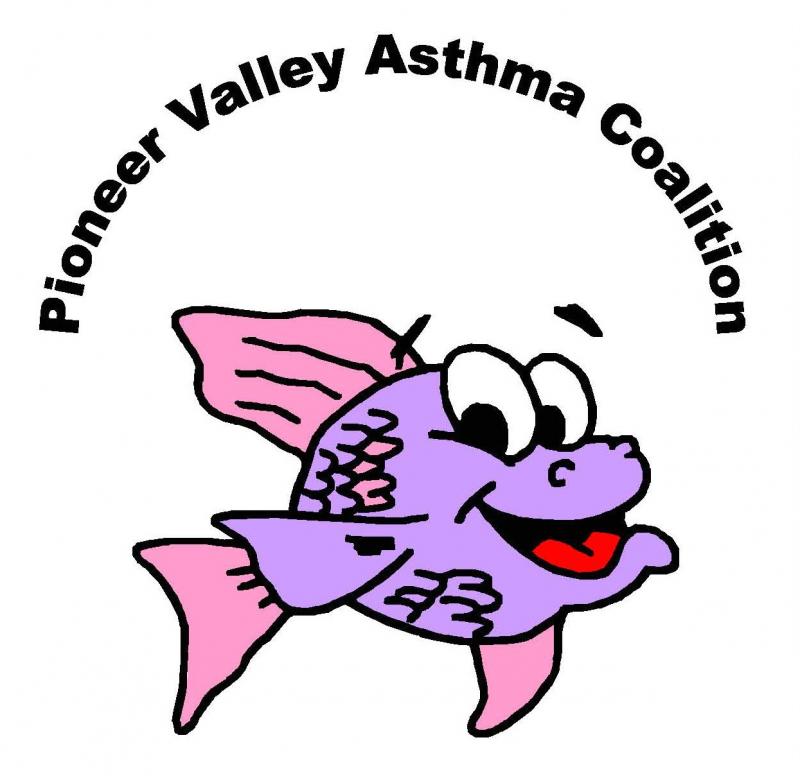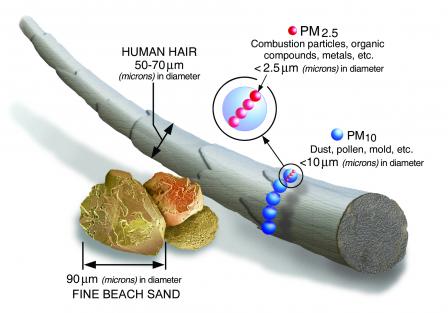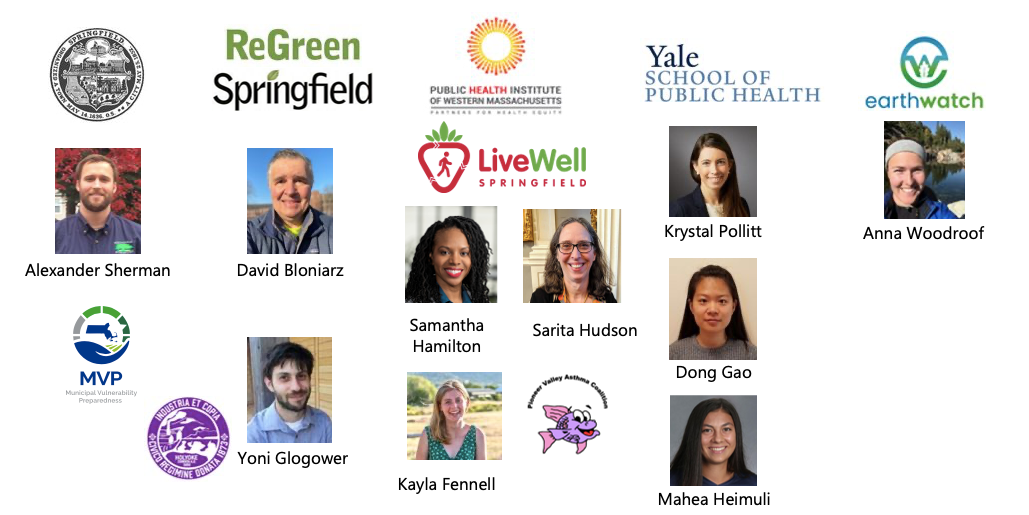Pioneer Valley Healthy Air
PVAC meets quarterly on zoom. Sign up to get the latest updates on meetings, activities and advocacy actions.
Please contact us if you have more questions or would like to volunteer.
About
The Greater Springfield Area has poor air quality and high asthma rates. While Springfield has dropped down to 12th worst asthma capital thanks to the hard work our community has done, air quality and asthma are still a major concern. To address this concern the Massachusetts Attorney General's Office is funding an air quality monitoring project that is in partnership with Pioneer Valley Asthma Coalition, Live Well Springfield, the Yale School of Public Health, Earthwatch, Regreen Springfield, the City of Springfield Parks Department, and the City of Holyoke Office of Sustainability and Board of Health.
The Pioneer Valley Healthy Air network is setting up over 50 air quality sensors across Springfield, Holyoke and Chicopee. These sensors are measuring small particulates (PM2.5) and Ozone. Data from the sensors will be posted and updated live.
Air quality is a critical aspect to living a healthy life. Poor air quality is linked to increased rates of Asthma and other chronic conditions. The Pioneer Valley Healthy Air Network is a community engaged research project. Over the course of the project resident advisors gave direct input into where the sensors were placed and how the data was presented.
What we are measuring
PM2.5
PM2.5 refers to Particulate Matter that is 2.5 microns in size. Human hair is about 50 microns in diameter. These small, inhalable particles can come from unpaved roads, fields, industry and many other sources. They can penetrate deep into the lungs and trigger asthma attacks. The EPA monitors PM2.5
Ozone
Ozone, or O3 is a gas that is naturally produced in Earth's atmosphere. When ozone is at breathing level it can cause health problems. According to the EPA, people with asthma high ozone concentrations can:
- trigger an attack,
- limit lung function, and
- Increase other respiratory symptoms.
For the general population exposure to ozone can cause
- coughing
- chest tightness
- irritation
If you are planning on exercising outside, check the ozone levels and projections so you can do so safely. Ozone levels fluctuate and it cannot be seen or smelled.
Image Source: EPA 2.5
pioneervalleyasthmacoalition@gmail.com
413.794.7600
Pioneer Valley Asthma Coalition
127 State St., PO Box 4895
Springfield, MA 01101-4895



